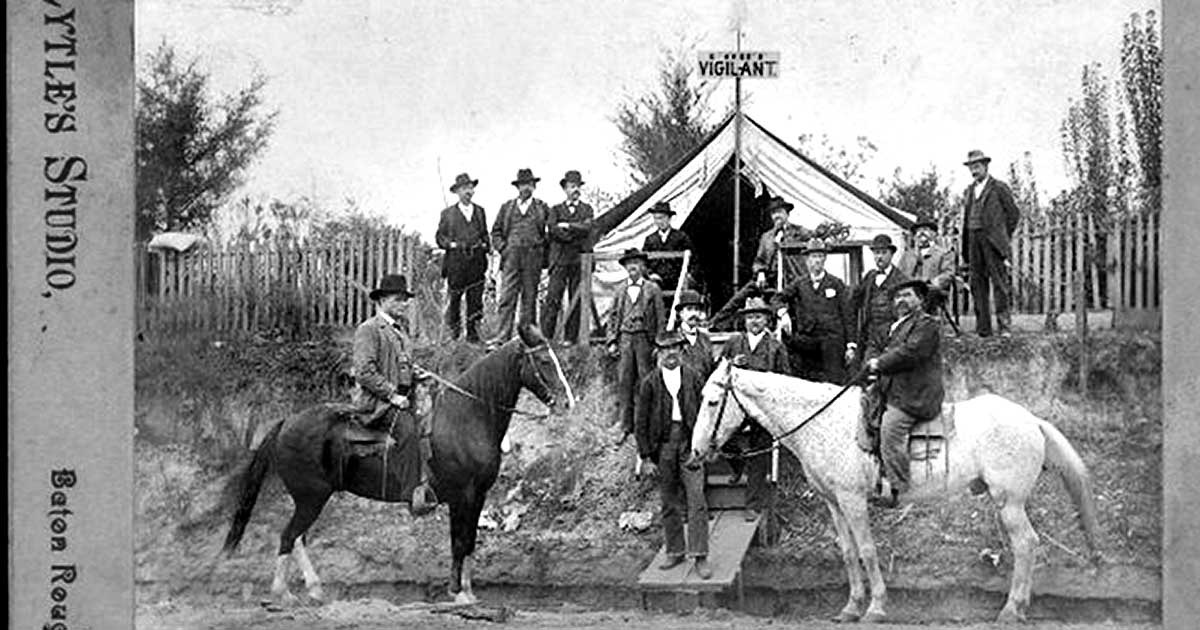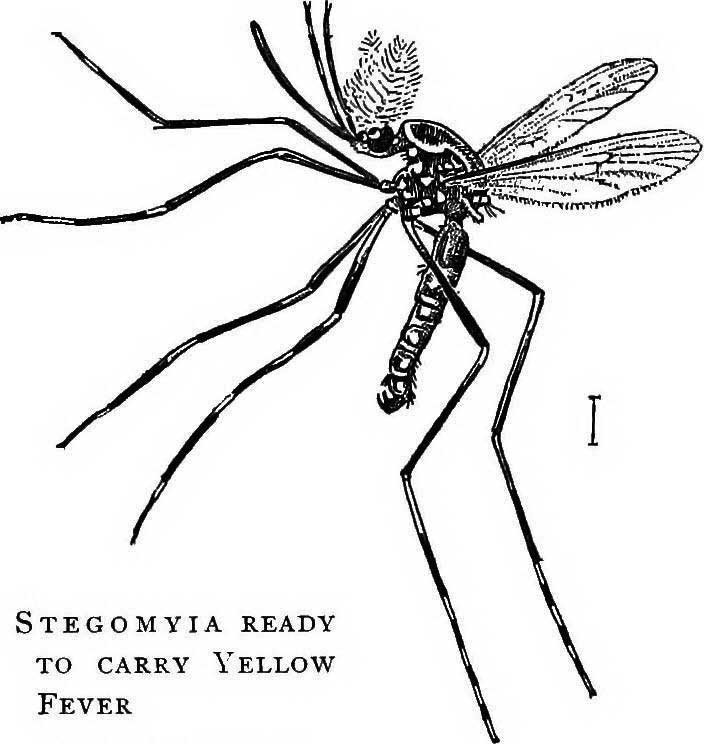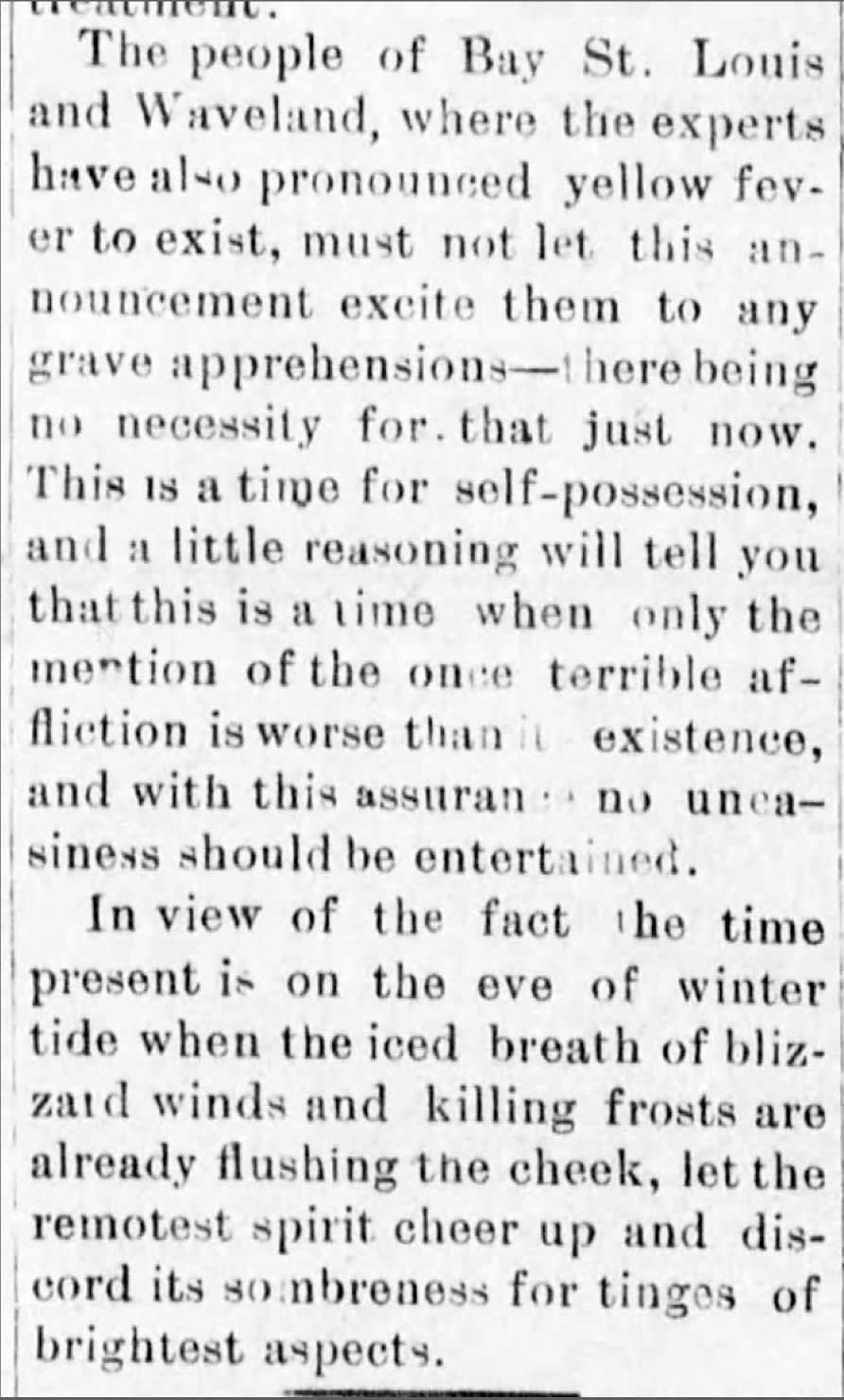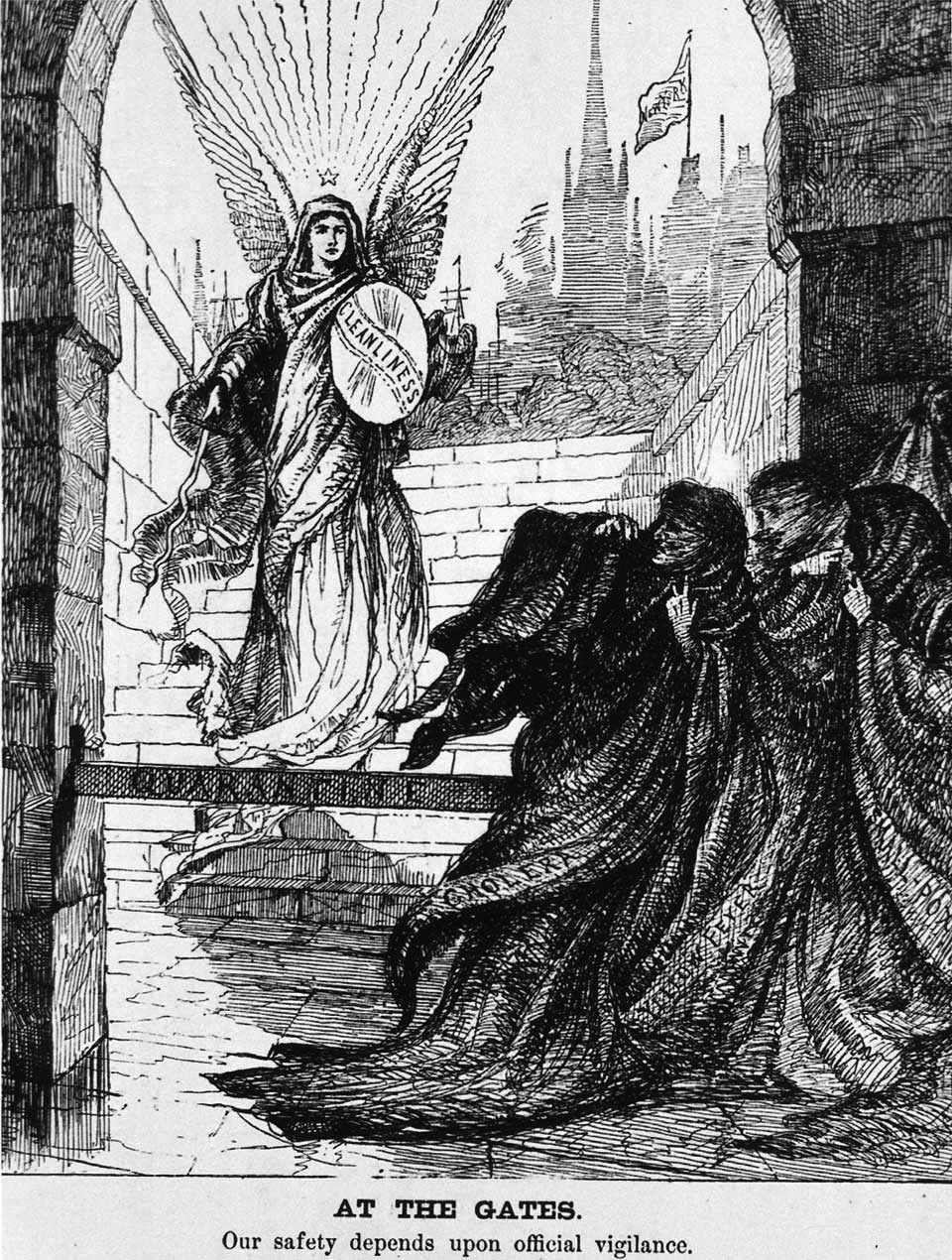The current COVID-19 crisis isn’t the first time Bay-Waveland has faced an epidemic. Read about the 1897 Yellow Fever epidemic and how the community staged an organized fight.
- Story by Jerry Beaugez
Three Bay St. Louis doctors who were on the Board of Health oversaw the treatment and quarantine to help keep this deadly illness from spreading further. These men were Dr. L.H. von Gohren, owner and director of a local health resort named Villa Quisiana, which was on Beach Boulevard; Dr. Rhomer, the physician at St. Stanislaus and St. Joseph‘s Academy, who had previously treated Yellow Fever patients in New Orleans; and Dr. R.J. Turner, who was basically the “town doctor” and was trusted by local residents. Dr. Turner was also the coroner of Hancock County at the time.
People were outside getting fresh air in hopes of remaining safe from germs and stale air of the houses of the time. It was not known then that Yellow Fever is spread by mosquitoes, and as they were being bitten it was causing more harm and infection. Residents tried to find anything they could in order to disinfect their homes and businesses to keep their family and customers safe. With the local drugstore suffering from low supplies people would have to leave the area to purchase more, which caused additional fear of the spread of the disease. Those leaving the area were subject to fumigation procedures upon returning. Visitors were not allowed to enter the city. Trains were not permitted to stop, and people were not allowed on the depot grounds. All public gatherings and entertainment were prohibited. The Board of Health issued a strict resolution for fumigation and disinfecting of homes to combat the spread. Despite all of their efforts and preventative measures, the Yellow Fever epidemic in Bay St. Louis continued. Because of the fear and not knowing how the fever was spread, it was ordered that the victims be isolated and drenched with disinfectants, and the bodies of the dead were to quickly be burned. In October 1897, all doctors in Bay St. Louis were to report the case number by 4 pm daily to Dr. Turner, who would then compile an official list for the State Board of Health. The number of victims continued to climb higher and higher, causing the State Board of Health to issue a new ordinance for Bay St. Louis, which was to be enforced by Dr. Turner. The ordinance declared, “The remains of parties dying of Yellow Fever shall be wrapped in a sheet with solution of bichloride of mercury and burned within four hours of death. Rooms in which persons have died of Yellow Fever shall be fumigated as soon as the remains are removed therefrom. No person from an infected point shall be admitted into the city, except upon certificate of immunity and disinfection by authorized state authorities or the marine Hospital.” By mid-November the death tolls finally began to dwindle due to less activity of mosquitoes – although people weren’t aware of that fact then. Fewer cases were recorded, the Bay St. Louis public school resumed classes in December and “normalcy” began to return in stages. By Christmas of 1897 the horrific experience of the Yellow Fever Epidemic in Bay St. Louis was over.
Today, not only Bay St. Louis, but the entire world is facing another deadly attack. The COVID-19 / Coronavirus pandemic which surfaced in China in December 2019 has now spread to more than 140 countries. At the publication of this story, more than 200,000 cases have been confirmed, and 8,000 deaths are attributed to it worldwide. Just as with the Yellow Fever epidemic in 1897, this new threat is causing fear from the unknown. The global economy has been tossed into a frenzy as entire cities have gone into total quarantine. Restaurants and bars have been ordered to close in some areas. Sporting events, schools, church activities and other gatherings have been canceled in order to slow the spread of the virus. Business and industry has ground to a halt in some places and countries all across the globe have taken extreme measures, such closing their borders and either limiting or prohibiting travel into or out of the area. A buzz of conflicting opinions accompany this new killer. Some view this as no big deal and have said influenza kills more people each year than this has, and people are overreacting. They feel they are being inconvenienced by guidelines and rules which are being implemented. Others are taking a more serious and cautious approach, calling for people, especially elected officials, to pay closer attention to the threat and to take all the necessary precautions to end this before it worsens. At this point, no one knows how long COVID-19 will last. Currently, there is no cure for it. Regardless of what your feelings are about the current situation at hand, be respectful of your fellow man. Take the steps to protect yourself, your family and friends and yes, those you don’t know also. Wash your hands frequently. Avoid crowded places. Practice “social distancing.” Sneeze or cough into your elbow, and if you’re having severe aches and or flu-like symptoms, seek medical assistance.
The unknown is here and the fear is real. In time, this too shall pass. We may never know if we “overreacted” and did too much. But it will be quite evident if we under react and do too little.
Looking back at our city’s history offers us a lesson. We have made it through storms and epidemics by working together to make a difference - here in Bay St. Louis and in the world at large. Comments are closed.
|
Categories
All
Archives
July 2024
|
Shoofly Magazine Partners
Our Shoofly Partners are local businesses and organizations who share our mission to enrich community life in Bay St. Louis, Waveland, Diamondhead and Pass Christian. These are limited in number to maximize visibility. Email us now to become a Shoofly Partner!

































 RSS Feed
RSS Feed























